Connected 2012 Level 2 - The Buzz of Bees
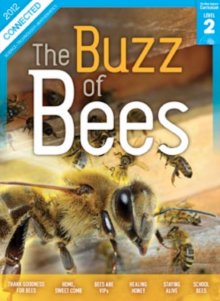
The focus in this issue of Connected is on the Nature of Science strand of the curriculum.
At times, Connected themes require the introduction of concepts that students at this curriculum level may not be able to fully understand. What matters at this stage is that students begin to develop understandings that they can grow over time.
Look inside this issue
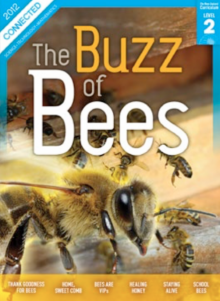
Thank Goodness for Bees
by Bronwen Wall
“Thank Goodness for Bees” explains how honey bees differ from similar insects. It describes how honey bees have adapted to be able to collect nectar and pollen from flowering plants and how they turn the nectar into honey. It also explains how bees produce wax to construct honeycomb to store their honey.
Series: Connected 2012 Level 2 - The Buzz of Bees
Learning area: English, Mathematics and Statistics, Science
Curriculum level: 2
Category: Non-fiction
Strand: Number and Algebra, Nature of science
In: Connected 2012 Level 2 - The Buzz of Bees
Publication date: January 2012
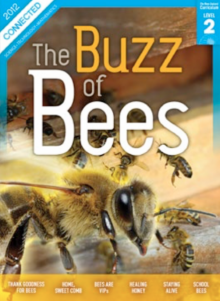
Home Sweet Comb
by Trish Puharich
“Home, Sweet Comb” describes a selection of beehives made by people living in different cultures and at different times across the world. It describes the materials the hives were made of, their shapes and structures, and how beekeepers collected the honey stored inside them.
Series: Connected 2012 Level 2 - The Buzz of Bees
Learning area: English, Mathematics and Statistics, Technology
Curriculum level: 2
Category: Non-fiction
Strand: Geometry and Measurement, Nature of technology
In: Connected 2012 Level 2 - The Buzz of Bees
Publication date: January 2012

Healing Honey
by Philippa Werry
“Healing Honey” explains how mānuka honey has special healing properties that make it valuable for medicinal purposes. It discusses the technological experimentation and modelling that went into the development of a honey bandage to treat wounds.
Series: Connected 2012 Level 2 - The Buzz of Bees
Learning area: English, Technology
Curriculum level: 2
Category: Non-fiction
Strand: Technological knowledge
In: Connected 2012 Level 2 - The Buzz of Bees
Publication date: January 2012
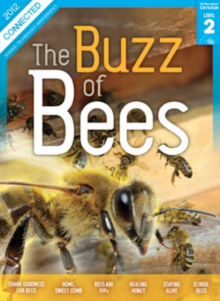
Bees are VIPs (Very Important Pollinators)
by Marie Langley and Mike Tapp
“Bees Are VIPs (Very Important Pollinators)” explores the symbiotic relationship that has evolved between the honey bee and flowering plants. It describes how, in the process of gathering nectar and pollen, the honey bee helps to pollinate flowers.
Series: Connected 2012 Level 2 - The Buzz of Bees
Learning area: English, Science
Curriculum level: 2
Category: Non-fiction
Strand: Nature of science, Living world
In: Connected 2012 Level 2 - The Buzz of Bees
Publication date: January 2012
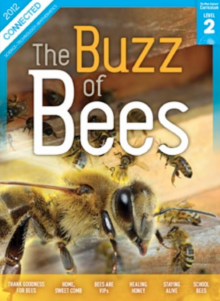
Staying Alive
by Marie Langley and Mike Tapp
"Staying Alive” identifies some reasons why the honey bee is becoming endangered. It describes the behaviours of other living things, including humans, that are threatening honey bee survival.
Series: Connected 2012 Level 2 - The Buzz of Bees
Learning area: English, Science
Curriculum level: 2
Category: Non-fiction
Strand: Nature of science, Living world
In: Connected 2012 Level 2 - The Buzz of Bees
Publication date: January 2012


 Literacy Online home
Literacy Online home
